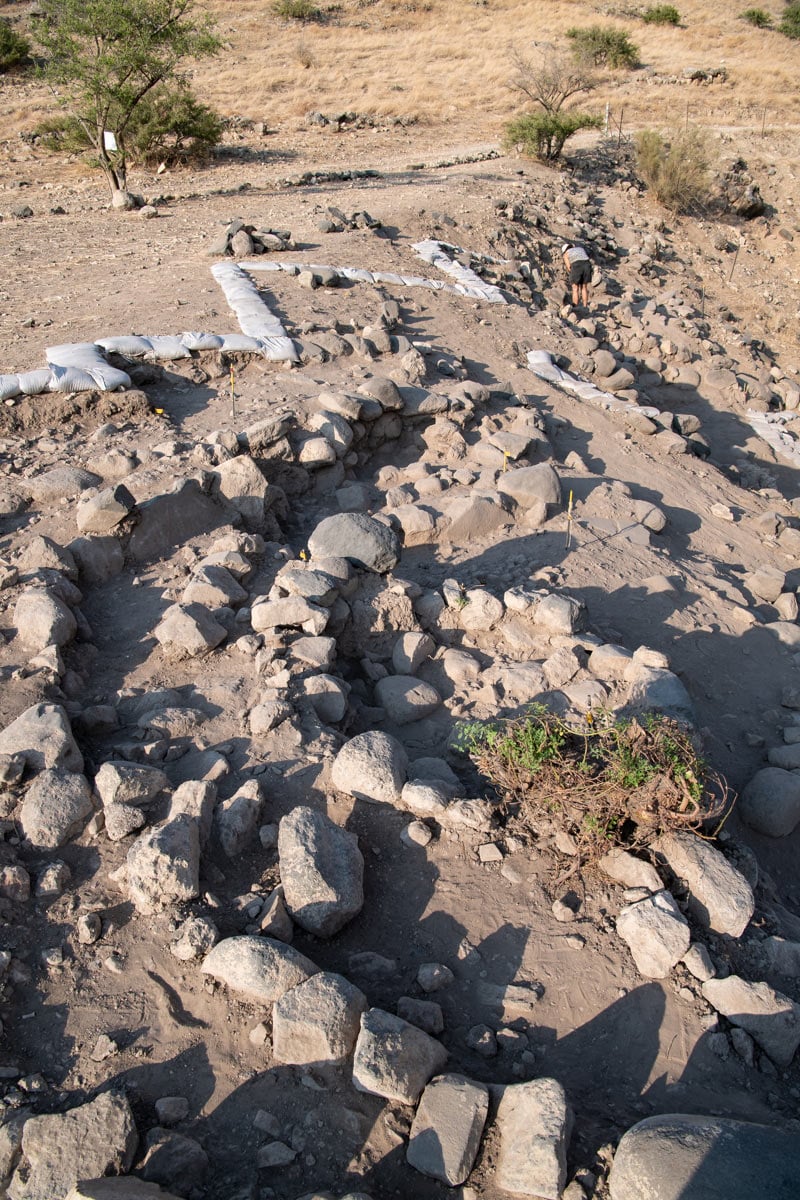Early architecture in the Near East included a variety of structures built using advanced techniques, according to a new study that challenges previous beliefs about the region’s history.
Previous research held that the region’s architecture made a simple progression from round to rectangular structures during the early Stone Age. This research relied on qualitative descriptions by scientists which tend to oversimplify complex trends.
A new computer analysis of ancient remains in the Near East, however, shows that advanced building techniques emerged earlier than previously thought in the region.
The analysis covers nearly 120 structures from 23 sites across the Mediterranean region and the Jordan Valley, dating from the Natufian culture of mainly hunters from Palestine and southern Syria to the early Neolithic period.
The study, published in the journal Archaeological Research in Asia, shows diverse architecture in the area 15,000–8,500 years ago.
It offers a new perspective on the transition from round to rectangular structures during the Neolithic period in the Near East. It suggests that building codes and standard practices had not yet emerged in the Near East in this period.
Such building codes and practices have long been tied to societal shifts such as changes in social organisation, demographics, and economic strategies.

Previously, archaeologists thought there was a gradual progression in the region from round to rectangular structures during the Stone Age, or the Neolithic period.
The latest analysis shows structures with right angles, previously associated with later architectural phases, from as early as the Natufian period. “There’s considerably more variability than can be subsumed in the traditional ‘round to rectangular’ scheme of architectural development,” the study says.
The study reflects significant advances in building technology at an earlier stage than previously thought, archaeologists say.
In the later Neolithic period, architecture in the area was largely more uniform, signaling the emergence of codified building traditions, according to the study.
In further studies using the new technique, they hope to better understand the inception of architecture in the Levant. They point out that the method highlights the importance of integrating modern analytical tools into archaeological studies.







